The Bozeman Trail Museum
Introduction
Text-to-speech Audio
Images
John M. Bozeman Pathmaker of the Bozeman Trail
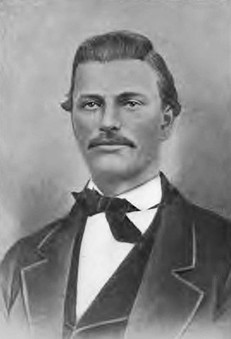
Bozeman Trail Museum
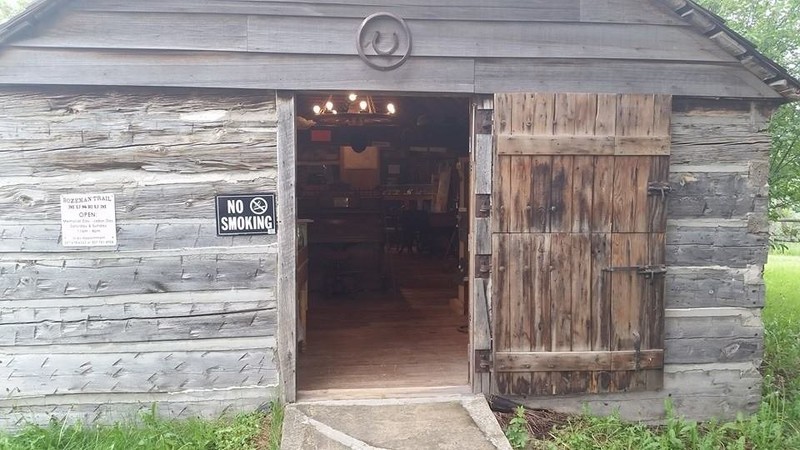
Inside the Bozeman Trail Museum
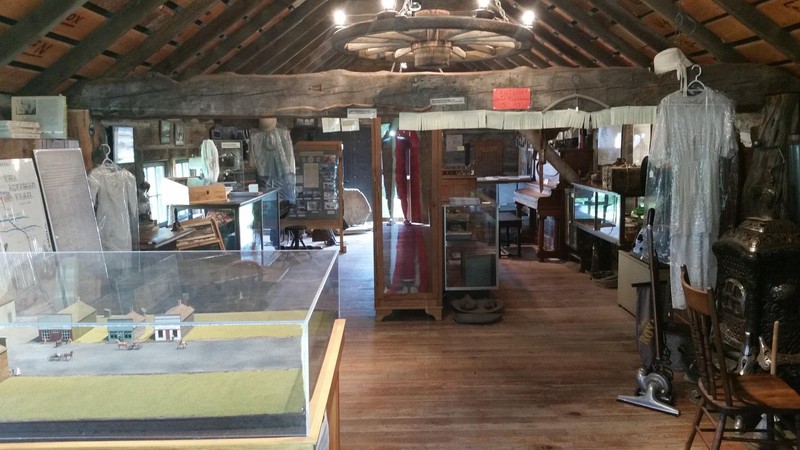
The death of John Bozeman by Edgar Samuel Paxson
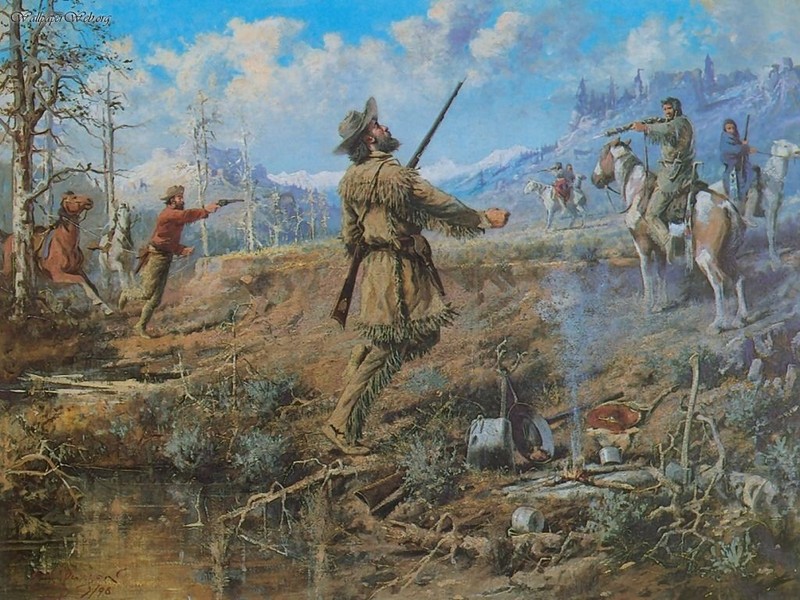
Map of Bozeman Trail
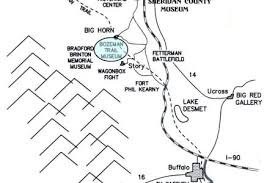
Blacksmith Shop now the museum
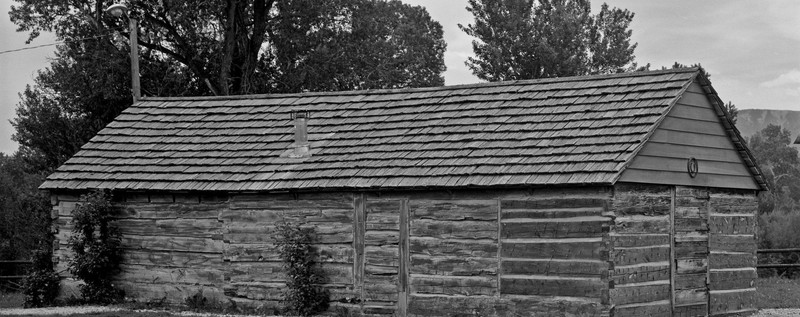
Backstory and Context
Text-to-speech Audio
In 1878, O.P Hanna built a cabin near a clear creek with a magnificent view of the Big Horn Mountains. It was the first homestead cabin in what is now Sheridan County. By 1881, pioneer families started settling in Big Horn City, a name chosen by Hanna. Now is the site of the Bozeman Trail Museum. In this collection, you will find Indian artifacts, dentistry tools, photos of the area, pioneer clothing, books, Blacksmith tools. This is what remains of the Bozeman Trail, and is well-preserved.
The Bozeman Trail was created as a short cut through the gold rush territory of Montana to the Oregon Trail. John Jacobs and John Bozeman were determined to find a better route connecting the Oregon Trail to new gold-strike country in what would later become Montana. It was wide enough to accommodate wagons and it was more direct than any previous trail into Montana. The trail passed through territory occupied by the Shoshone, Arapaho, and Lakota nations, leading to the military occupation of the region and resulted in the Indian wars on the Northern Plains.
John M. Bozeman, creator of the Bozeman Trail, left his wife and two children in 1861 to try his luck at mining in Colorado. The following year, he moved to Montana, along with thousands of others lured by tales of vast gold deposits there. Bozeman had no idea his trail cut through territory reserved by treaty to the Indians. Hostile Indians attacked, but Bozeman himself was the only one who did not turn back, and take a different route. In 1866, the Sioux closed the road by a massacre near Fort Kearny. This did not disturb Bozeman because in 1867, he made another trip from Virginia City to follow his trail, but on April 20, 1867 a band of five Blackfeet killed him and his companion.
Sources
Museum, Bozeman Trail. “Bozeman Trail Museum – Big Horn.” Wyoming Public Media, Aug. 2014, www.wyomingpublicmedia.org/post/bozeman-trail-museum-big-horn#stream/0.
Museum, Sheridan. “Bozeman Trail Museum.” Sheridan Wyoming, 2018, www.sheridanwyoming.com/historic/bozeman-trail-museum/.
